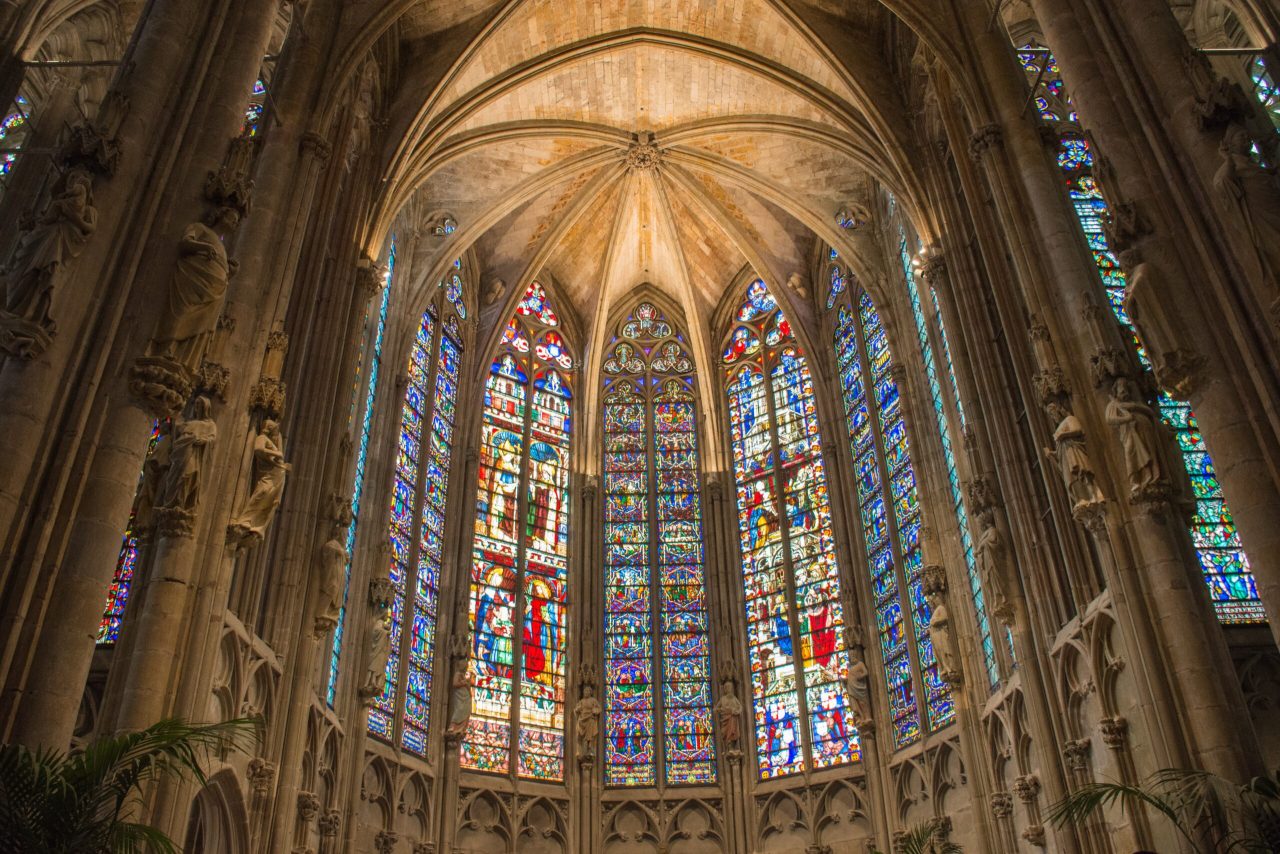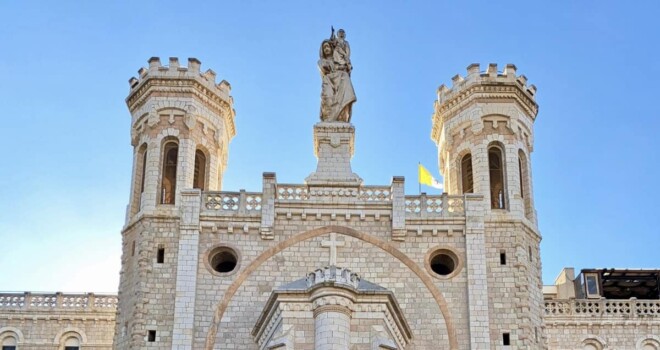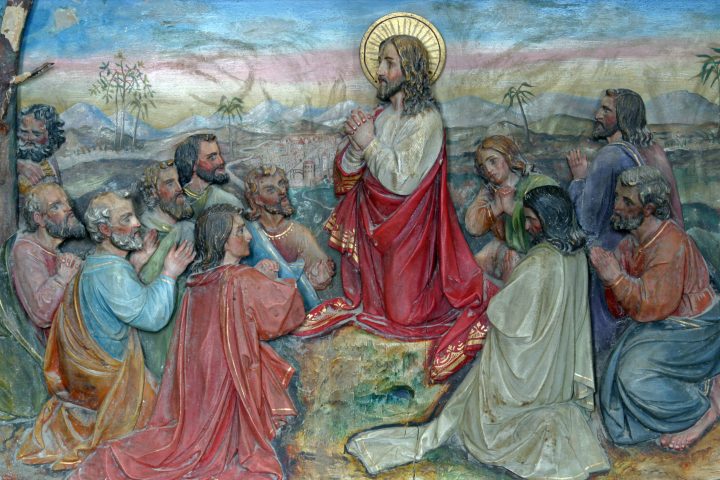
The aesthetic beauty of cathedrals has long been an integral part of the Catholic faith, enhancing the Christian spirituality of those who worship within their walls. These majestic structures are not only architectural marvels but also living testimonies of the deep connection between beauty, faith, and the human spirit. This article will explore why the beauty of cathedrals is important for living out our Catholic faith; drawing upon the teachings of the Church, the words of Pope Francis, and the work of theologians.
The Catholic Church has always placed great importance on the role of beauty in religious experience. Pope Francis, in his Apostolic Exhortation Evangelii Gaudium, emphasizes that “The Church evangelizes and is herself evangelized through the beauty of the liturgy, which is both a celebration of the task of evangelization and the source of her renewed self-giving.” The Catechism of the Catholic Church likewise states, “Created in the image of God, man also expresses the truth of his relationship with God the Creator by the beauty of his artistic works.” Thus, a beautiful cathedral serves as a powerful conduit for spiritual growth and an essential component of Catholic worship.
Cathedrals are often seen as physical representations of the divine. The beauty found within these sacred spaces is believed to help lift the minds and hearts of the faithful towards God. The 20th-century theologian Hans Urs von Balthasar wrote, “Beauty is the word that shall be our first. Beauty is the last thing which the thinking intellect dares to approach since only it dances as an uncontained splendor around the double constellation of the true and the good and their inseparable relation to one another.” By experiencing the beauty of a cathedral, the faithful are invited to contemplate the transcendent beauty of God, fostering a deeper connection with the divine.
This aesthetic also plays a crucial role in the liturgical celebration. The Second Vatican Council’s document Sacrosanctum Concilium explains: “The art of our times, from every race and country, shall also be given free scope in the Church, provided that it brings to the task the reverence and honor due to the sacred buildings and rites and expresses true artistry.” Cathedrals, with their intricate art, sculptures, and stained-glass windows, serve as a backdrop for the liturgy, enriching the spiritual experience and prayer of the participants. These artistic elements help to create an atmosphere of sacredness and reverence, enabling the faithful to encounter Christ more fully.
Cathedrals also stand as symbols of the Church’s commitment to proclaim the Gospel throughout history. They are living testimonies to the faith of generations past, as well as present-day communities. Art historian Elizabeth Lev states, “Cathedrals are the material manifestation of the Christian desire to touch heaven, to unite the material world with the spiritual.”
The aesthetic timelessness of these structures is a testament to the creative genius of those who built them and a reflection of the divine inspiration that guided their hands. By preserving and maintaining these sacred spaces, the Church continues to pass on the rich heritage of the Catholic faith to future generations. These sacred spaces, with their breathtaking architecture and art, are living testimonies of the faith and commitment of generations of believers who sought to glorify God through their creative expression – they are a testament to our journey towards a heavenly home rather than a worldly one.
As Pope Francis has said, “In this sense, the artistic patrimony of the Church, as well as the new ways of expressing beauty, are an invitation to humanity to discover the joy of the Gospel and the hope that it bears for the world”. The aesthetic beauty of a cathedral serves as a beacon of light, guiding us on our spiritual journey by means of their sublime magnificence and inviting us to experience the transforming power of God’s love.
References
Balthasar, H. U. von. (1982). The Glory of the Lord: A Theological Aesthetics, Vol. 1: Seeing the Form. San Francisco: Ignatius PressCatechism of the Catholic Church. 2nd ed. Vatican City.
Francis. (2013). Apostolic Exhortation Evangelii Gaudium.
Francis. (2015). Encyclical Letter Laudato Si’. Vatican City.
Lev, E. (2018). How Catholic Art Saved the Faith: The Triumph of Beauty and Truth in Counter-Reformation Art. Manchester, NH: Sophia Press.
Sacrosanctum Concilium. (1963). Constitution on the Sacred Liturgy. Vatican City.
Photo by Héctor J. Rivas on Unsplash




